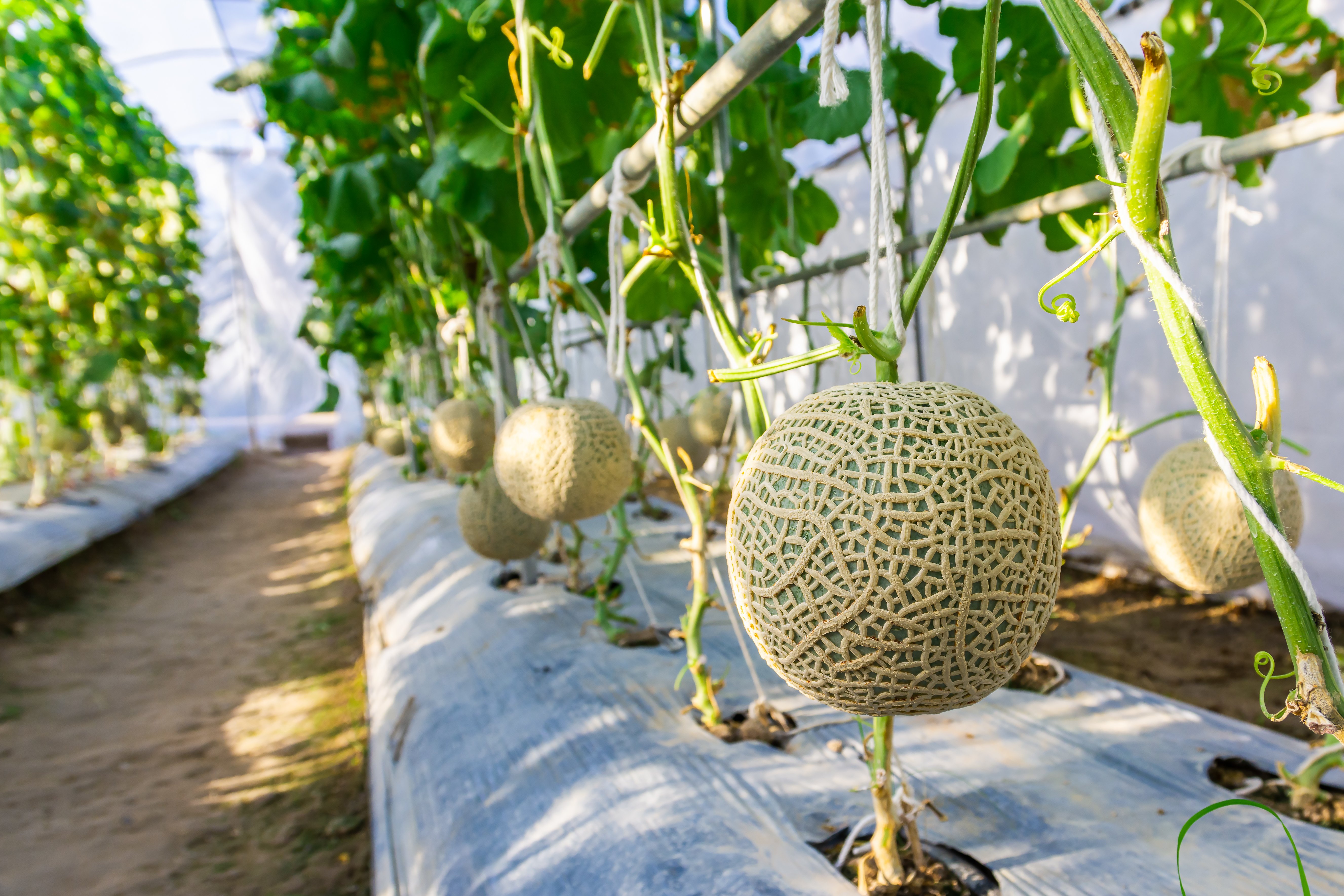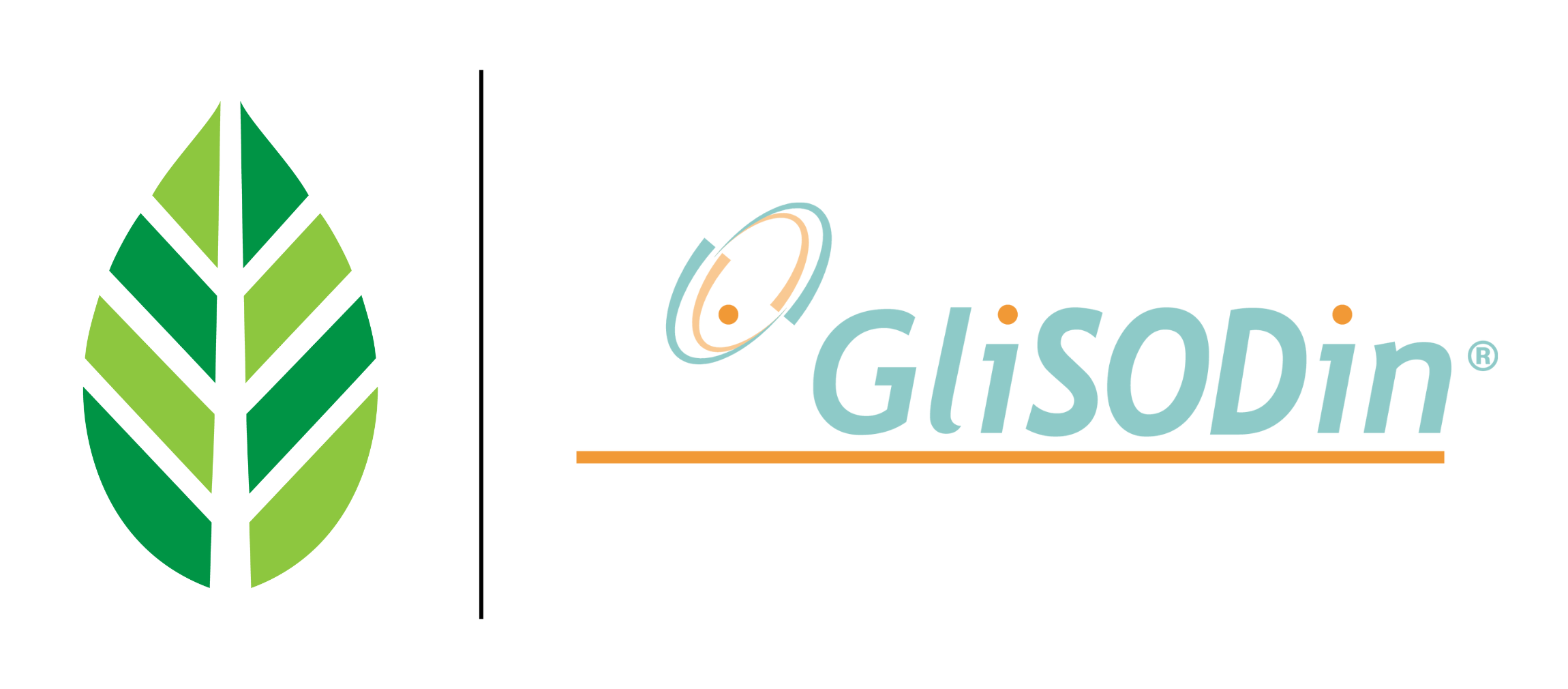-
Ingredient SolutionsQuickly narrow your search. Browse products in our sortable catalog. View Catalog
-
ApplicationsQuickly narrow your search. Browse products in our sortable catalog. View Catalog
-
ResourcesRecently Posted
-
PLT People & Planet
-
About
Our international network, passionate team of experts and extensive industry knowledge is what sets us apart.
 Seth FlowermanCEO
Seth FlowermanCEO
GliSODin®
OVERVIEW
GliSODin® activates the most powerful antioxidants known, the body’s own internal antioxidant defense system, including superoxide dismutase (SOD), catalase (Cat) and Glutathione Peroxidase (Gpx).

1st
GliSODin was the first orally-effective ingredient to deliver SOD

500mg
500mg of GliSODin daily may help support skin health against the effects of the sun.

25
GliSODin is the subject of more than twenty-five scientific studies published in medical journals

200 Million
More than 200 million daily doses of GliSODin have been consumed since 2001
Promotes production of a body’s natural antioxidants |
|
Helps maintain cellular health |
|
Protects against damage caused by oxidative stress |
|
Supports skin against photo-oxidative stress |
|
Reduces lactic acid buildup during physical stress |
|
Supports healthy immune function |
|
Helps maintain vascular health against oxidative stress |

CERTIFICATIONS
VEGAN
NON-GMO
HALAL
KOSHER
ORGANIC
GRAS
A Revolutionary SOD Ingredient
GliSODin is a powerful active antioxidant made from a special melon extract and a biodegradable protein gliadin, isolated from wheat.
A Special Melon
Cucumis melo, also known as melon, is a species of Cucumis that has been developed into many cultivated varieties.

Triticum
Gliadin is a class of proteins present in wheat and several other cereals within the grass genus Triticum.
Rhodiola rosea
Rhodiola rosea is a plant native to remote Arctic climates in Asia, Europe and North America.

Exciting Phytochemistry
The root of the plant contains around 140 chemical compounds including phenols, rosavin, rosarin, salidroside and more.
Detail 1
Kale chips cold-pressed put a bird on it mumblecore kogi brooklyn farm-to-table blue bottle yuccie authentic kombucha migas. Literally tilde tacos paleo.

Detail 2
Kale chips cold-pressed put a bird on it mumblecore kogi brooklyn farm-to-table blue bottle yuccie authentic kombucha migas. Literally tilde tacos paleo.
RESEARCH
GliSODin protects against cellular oxidative stress
GliSODin promotes cellular integrity and health by increasing the antioxidant response. GliSODin’s protective benefits have been demonstrated in human interventional studies. GliSODin was shown to protect against cellular oxidative stress damage in a dramatic human model. In this double-blind, placebo-controlled trial, twenty healthy volunteers were given pure oxygen in a hyperbaric chamber (HBO), which increased atmospheric pressure to 2.5 times normal, inducing intense oxidative stress. A measure of blood cell protection, looking at the integrity of the cellular DNA, was taken before and after exposure to measure the effect of oxidative stress.
Effect of GliSODin in a human study with induced oxidative stress.
One group was given 1000 mg of GliSODin once daily for two weeks prior to the test, while the placebo group received 1000 mg of wheat gliadin alone. The GliSODin group had significantly lower cellular DNA damage as evidenced by a test called “Comet Assay.” Also, these findings coincided with reduced blood isoprostane levels, another marker of oxidative stress.
Primary vs. Secondary Antioxidants?
GliSODin works to promote our own antioxidant production at the cellular level. This internal antioxidant defense system differs from secondary antioxidants that are obtained from dietary sources.
The body’s antioxidant supply can be classified into two groups:
Primary antioxidants are made by the body, thus internally provided. This internal antioxidant defense system includes Superoxide Dismutase (SOD), Catalase and Glutathione Peroxidase (Gpx), which are the first and most powerful line of defense against oxidative stress.
Secondary antioxidants are externally provided from dietary sources, such as vitamins (vitamins A, C and E), minerals (selenium, zinc, copper and manganese) and other substances, including polyphenols found in grapes and green tea. These dietary antioxidants contribute to the antioxidant reserve yet play a secondary role to the body’s own antioxidants.
Superoxide Dismutase (SOD)
Among the antioxidants our bodies produce, SOD plays the primary role. SOD transforms the most reactive, and therefore, the most dangerous, free radicals – the superoxide radicals – into ions that are less reactive. These less reactive ions are then transformed by Catalase and Gpx. This transformation is called dismutation, thus its name is Superoxide Dismutase. SOD also “signals” other cells to produce more SOD, preparing the antioxidant defense system against free-radical attack.
Support healthy immune function
Significant oxidative stress that is the result of the natural processes of aging, emotional stress and environmental exposure can diminish our antioxidant defense system.
For example, individuals who have reduced levels of SOD, catalase and Gpx may have higher levels of free radicals.
A study showed marked improvement in individuals with reduced levels of our natural antioxidant defenses. GliSODin® supplementation restored the natural antioxidant capacities to healthy levels, including SOD, Catalase and Gpx.
By elevating the levels to healthy ranges, GliSODin® supplementation could help support the immune system and down-regulate oxidative stress. GliSODin® helps promote healthy levels of our antioxidant defense system.
Support skin health against photo-oxidative stress*
GliSODin’s benefits protecting cells against oxidative stress are also supported by two preliminary studies looking at the effects of Ultraviolet Rays (UV) on the skin, inducing photo-oxidative stress.
The first study was a randomized, double-blind study with 50 participants. Using UV light, researchers created photo-oxidative stress on the skin, causing a burn and measuring the change in the color of the skin (redness) on the inner-forearms of healthy subjects. They conducted the UV stress test before starting supplementation with 500 mg of GliSODin® or placebo and repeated it each week for four weeks during supplementation.
After using GliSODin, a significantly greater amount of UV exposure was required to create redness and burn on the skin. This was not seen in the placebo group. The researchers concluded that GliSODin appears to effectively help protect against oxidative stress resulting from exposure to the UV radiation, particularly for fair-skinned (phototype II) people.*
The second study was an open clinical trial conducted by 40 dermatologists in France. 150 volunteers were chosen based upon their susceptibility to flushing and burns and other oxidative stress reactions caused by exposure to the sun. The participants took 500mg of GliSODin® daily over a 60 period and did not change their sunbathing routine, including use of their regular sunscreen (Index 20-100). This preliminary study suggests that the antioxidant properties of GliSODin may help support skin health against photo-oxidation.
MARKET OPPORTUNITIES
Antioxidant Support
GliSODin is a new approach to antioxidant supplementation, entirely different from supplementing with conventional dietary antioxidants.
Beauty-from-Within
GliSODin’s benefits protecting cells against oxidative stress are supported by two preliminary studies looking at the effects of UV rays on the skin.
HEALTHY AGING
GliSODin protects cellular health against oxidative stress, inhibits UV stress in the sun-sensitive, and promotes cardiovascular health.
Immune Health
GliSODin can support the immune system and down-regulate oxidative stress. It helps promote healthy levels of our antioxidant defense system.
Active Nutrition
Supplementation with GliSODin can protect athletes from muscle damage and decrease inflammation from intensive physical activity.
ORIGIN STORY & INSIGHTS
Delivering a Primary Antioxidant to People
In 1968, scientists discovered that SOD is naturally present in living beings and found that greater content was linked to greater longevity of the species. It was therefore called “the enzyme of life”.

SOD Benefits
While the benefits of SOD are well known, previous attempts to supplement it have failed, as it is broken down by stomach acids and the digestive process.

Melon-Derived SOD
GliSODin presents a breakthrough, using gliadin to protect and deliver a melon-derived SOD to the immune active cells in the gut, providing the first orally effective SOD supplement.


“Superoxide dismutases constitute a very important antioxidant defense against oxidative stress in the body. The enzyme acts as a therapeutic agent against reactive oxygen species-mediated diseases.”
Dr. Jeremy Appleton, ND, Director of Medical and Scientific Affairs for PLT
RESOURCES
PLT, in association with Isocell S.A., announced the publication of the results of a new human clinical study using their exclusive dietary supplement ingredient, GliSODin® in The International Journal of Sport Nutrition and Exercise Metabolism.
Promote the Production of the Body’s Own Natural Antioxidants
Find out how GliSODin can help you differentiate your products in this category.
- Expertise
- Ingredient Solutions
- All
- Animal Health & Wellness
- Beauty from Within
- Joint & Bone
- Cardiovascular
- Cognitive Performance
- Energy
- Functional Foods & Beverages
- Healthy Aging & Longevity
- Hydration+
- Immune & Respiratory Health
- Men’s Health
- Muscle Health
- Pain & Mobility
- Plant-Based Nutrition
- Sexual Health
- Sleep
- Sports & Active Nutrition
- Stress & Mood
- Weight Management
- Women’s Health
- Applications
- Resources
- PLT People & Planet
- About
These products are not intended to diagnose, treat, cure or prevent disease. This website is for informational purposes only.


















